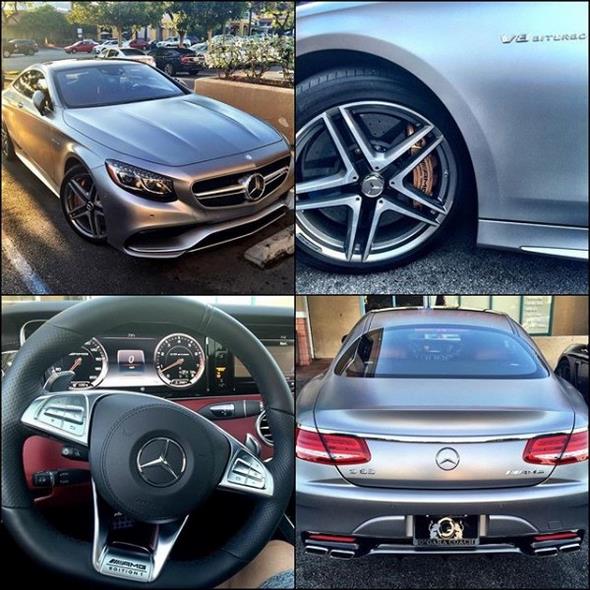Celebs and MBs
Brittany Murphy died early this morning


Brittany Murphy died early this morning after she went into full cardiac arrest and could not be revived, multiple sources tell TMZ. She was 32.A 911 call was made at 8:00 AM from a home in Los Angeles that is listed as belonging to her husband, Simon Monjack, the Los Angeles City Fire Department tells TMZ. We’re told Murphy was taken to Cedars-Sinai Medical Center where she was pronounced dead on arrival.

Murphy starred in such films as “Clueless,” “8 Mile,” and “Don’t Say a Word.”

Story developing … Read more @: TMZ





